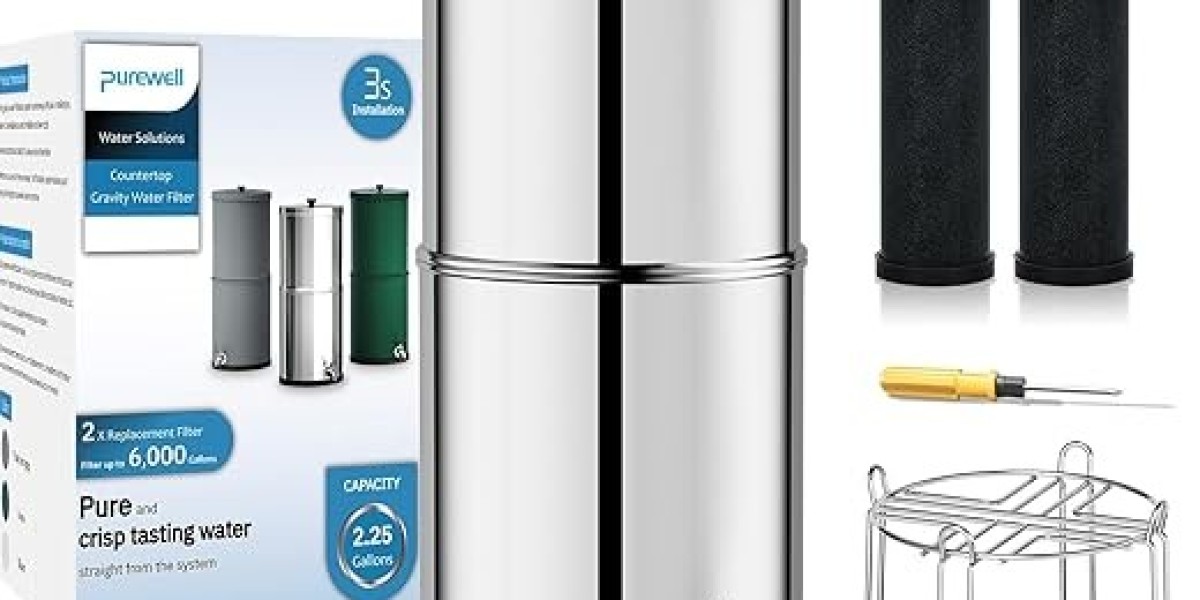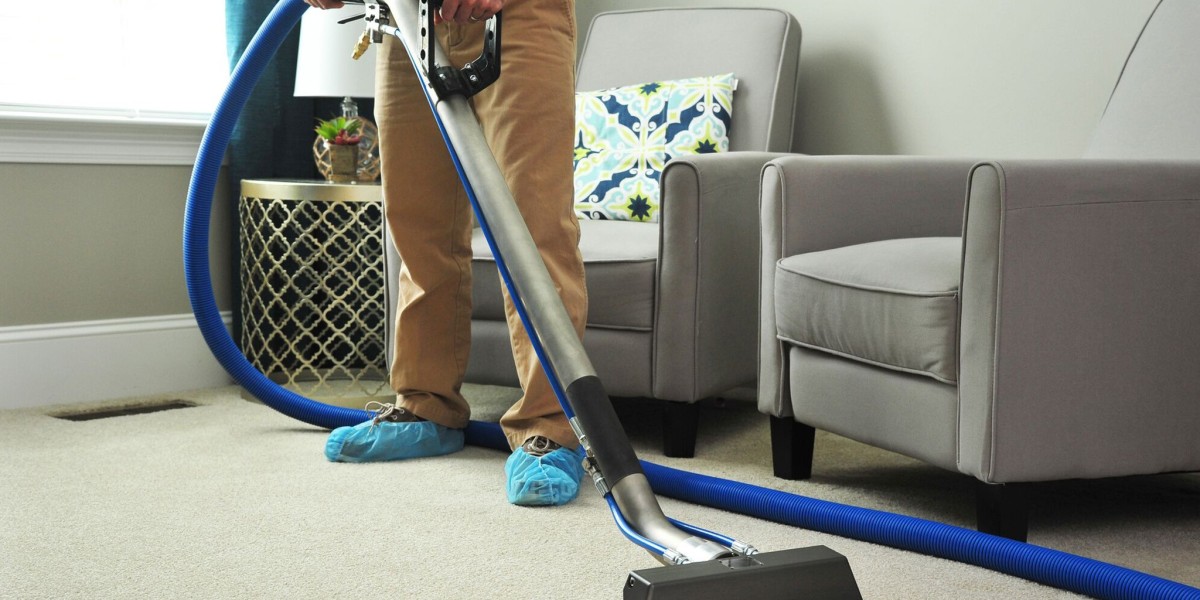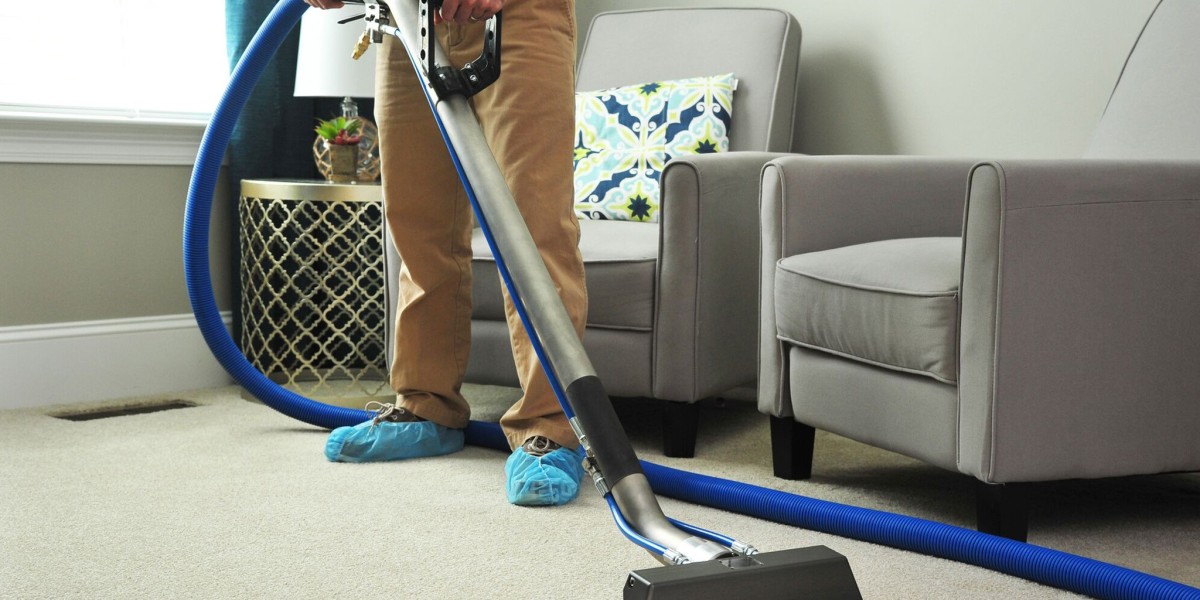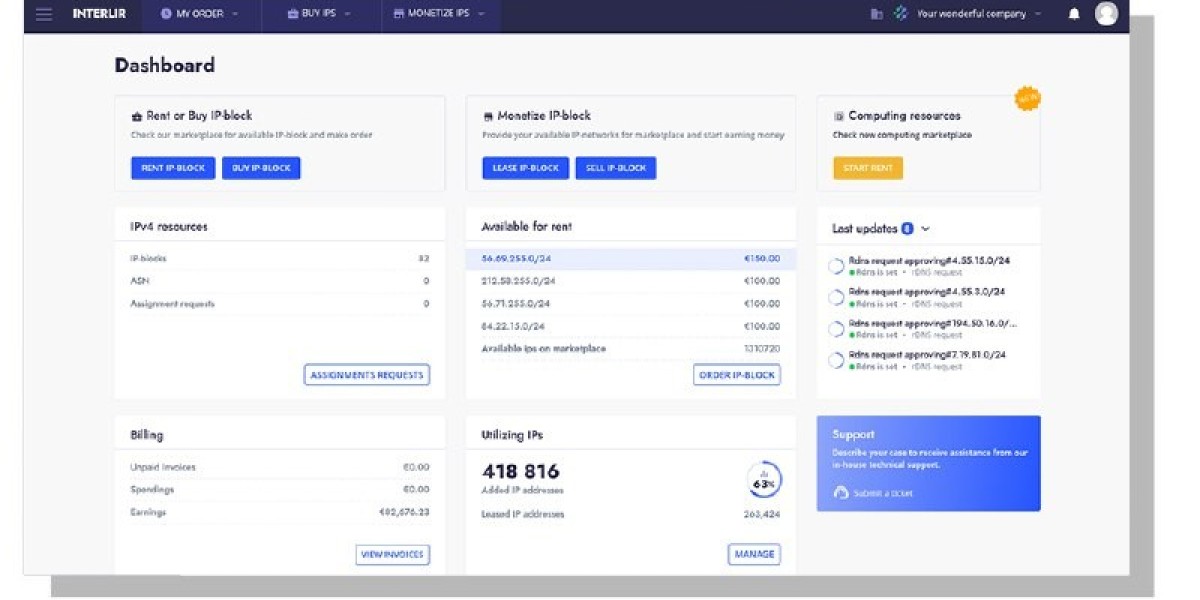When temperatures plummet, the human body becomes vulnerable to a silent but dangerous threat — cold stress. Whether you work on construction sites, offshore rigs, or in refrigerated warehouses, prolonged exposure to freezing conditions can lead to hypothermia, frostbite, and trench foot. Preventing these hazards requires more than awareness; it demands preparation, protection, and the right Personal Protective Equipment (PPE).
For professionals trained under occupational safety programs like the NEBOSH IGC Course Fees, understanding how to select, use, and maintain PPE is not just theory — it’s a life-saving skill. Let’s explore why PPE is a cornerstone of cold stress prevention and how safety education empowers workers to protect themselves in extreme environments.
Understanding Cold Stress and Its Impact
Cold stress occurs when the body can no longer maintain its normal temperature due to excessive exposure to cold environments. Once the body’s core temperature begins to drop, it diverts blood from the extremities to preserve heat in vital organs — a reaction that can lead to numbness, frostbite, or even hypothermia.
Common Types of Cold Stress
Hypothermia: Occurs when body temperature drops below 35°C, leading to confusion, shivering, and loss of coordination.
Frostbite: Affects skin and tissues, usually in fingers, toes, ears, and nose, causing pain, discoloration, and potential tissue death.
Trench Foot: Results from prolonged exposure to cold and wet conditions, leading to swelling, numbness, and skin breakdown.
Understanding these conditions helps safety professionals implement the right preventive measures — and that’s where PPE comes in.
Why PPE Matters in Cold Environments
Personal Protective Equipment serves as the last line of defense when engineering and administrative controls can’t fully eliminate cold exposure. PPE helps maintain body warmth, prevent moisture buildup, and reduce direct contact with freezing surfaces.
The Role of PPE in Preventing Cold Stress
Insulation: Clothing layers trap body heat, maintaining core temperature.
Water Resistance: Outer layers block wind and moisture, reducing conductive heat loss.
Mobility: Properly fitted PPE ensures workers can move freely without compromising warmth.
Visibility: Reflective materials prevent accidents in low-light winter conditions.
For instance, a worker wearing insulated gloves and boots with moisture barriers is far less likely to experience frostbite than someone using basic equipment. This principle is reinforced throughout professional safety training, helping learners connect real-world conditions to preventive actions.
Key PPE for Cold Stress Prevention
1. Layered Clothing System
Inner Layer: Wicks moisture away (e.g., synthetic or wool fabrics).
Middle Layer: Insulates and retains warmth (e.g., fleece or down).
Outer Layer: Protects against wind and water (e.g., coated nylon or Gore-Tex).
Layering allows flexibility, letting workers adjust their insulation based on activity level and weather conditions.
2. Head and Face Protection
Up to 40% of body heat can be lost through the head. Insulated hats, balaclavas, and face shields are essential for maintaining thermal balance, especially in windy or snowy conditions.
3. Hand and Foot Protection
Cold fingers and toes are among the first signs of poor insulation. Gloves should combine warmth with dexterity, and boots must be insulated, waterproof, and slip-resistant.
4. Eye Protection
In snowy or icy areas, sunlight reflection can cause “snow blindness.” Goggles or tinted safety glasses with UV protection shield the eyes while maintaining visibility.
5. Respiratory Protection
Breathing extremely cold air can irritate the lungs. Masks or scarves help warm and humidify inhaled air, minimizing discomfort.
6. High-Visibility Outerwear
During fog or snowfall, visibility is drastically reduced. Bright, reflective outerwear ensures workers remain visible to vehicle operators and team members.
The Human Element: Training and Awareness
PPE is effective only when used correctly. Workers must be trained to recognize early symptoms of cold stress, adjust clothing layers properly, and replace wet garments promptly. This is where structured safety education — such as NEBOSH training — plays an invaluable role.
Building Awareness Through Safety Training
Courses like NEBOSH IGC guide learners through hazard identification, control measures, and emergency response for environmental risks. Understanding PPE’s correct usage isn’t just theoretical; it’s a foundation for professional competency.
For example, a warehouse supervisor trained under NEBOSH standards might identify a poorly ventilated cold storage room as a risk zone, ensure thermal PPE is issued, and establish regular warm-up breaks — simple steps that could prevent serious incidents.
Implementing PPE Programs Effectively
Organizations need a structured PPE management system to ensure long-term protection and compliance. Here’s how an effective PPE program looks in practice:
1. Hazard Assessment
Identify all potential cold exposure points — such as outdoor workstations or freezer storage.
2. PPE Selection
Choose PPE suitable for the specific environment and activity. For example, select gloves rated for low temperatures with grip support for handling tools.
3. Fit Testing
Ensure each worker’s PPE fits comfortably and allows full range of motion.
4. Training and Recordkeeping
Conduct regular PPE training sessions and document inspections, replacements, and incidents.
5. Maintenance
Wet or damaged PPE loses its effectiveness. Establish cleaning and drying protocols, and replace worn-out gear promptly.
By integrating these steps, employers demonstrate duty of care and compliance with occupational safety regulations — both central themes in NEBOSH education.
Linking Cold Stress Prevention to Career Growth
Mastering cold stress management isn’t just about safety — it’s a valuable career skill. Professionals with NEBOSH qualifications are better equipped to handle diverse work environments and lead safety initiatives with confidence.
Students often ask whether the investment in professional safety education is worth it. Understanding PPE application and risk management directly reflects the hands-on knowledge gained through these programs. This is why many learners research NEBOSH IGC Course Fees to evaluate the potential return on their investment — not just in financial terms but in long-term career security.
Why Choose NEBOSH Training at Cosmic Institute Multan?
If you’re based in Pakistan and looking to build a safety career, training at a reputable center like Cosmic Institute offers globally recognized qualifications and practical exposure to real-world safety scenarios. Understanding the NEBOSH course cost at Cosmic Institute Multan helps you plan your journey into occupational safety more strategically.
The institute emphasizes applied learning — where topics like PPE, hazard control, and environmental risk management are not just studied but practiced. Graduates emerge ready to take on safety officer roles across industries, from oil and gas to manufacturing and logistics.
FAQs About PPE and Cold Stress Prevention
1. What is the most important PPE for preventing cold stress?
Layered, insulated clothing with moisture resistance is the most essential PPE. It helps maintain body heat and prevent hypothermia or frostbite.
2. How often should cold-weather PPE be replaced?
Inspect PPE daily. Replace items that are torn, damp, or show signs of wear, as damaged PPE loses insulation effectiveness.
3. Can PPE alone prevent cold stress?
No. PPE is a critical component, but administrative controls like scheduled warm-up breaks and proper hydration are equally important.
4. Why is training important for PPE use?
Training ensures workers understand how to wear, maintain, and replace PPE effectively, reducing the risk of misuse.
5. Does NEBOSH training cover environmental safety topics like cold stress?
Yes. NEBOSH courses include modules on environmental factors, risk assessment, and PPE selection — helping learners manage cold, heat, and chemical exposure safely.
Conclusion
Cold stress is a real and potentially life-threatening occupational hazard. However, with the right Personal Protective Equipment and proper training, it can be effectively prevented. Safety professionals must understand not only what PPE to use but also how to implement it as part of a comprehensive safety system.
For those aspiring to lead safety initiatives or build a career in occupational health, investing in formal training through NEBOSH is a wise step. Understanding NEBOSH IGC Course Fees and choosing a reliable institute like Cosmic can open doors to a safer, more rewarding future.
In the world of safety, preparedness isn’t optional — it’s protection. Equip yourself with knowledge, wear your PPE wisely, and lead the way toward a safer workplace for all.







